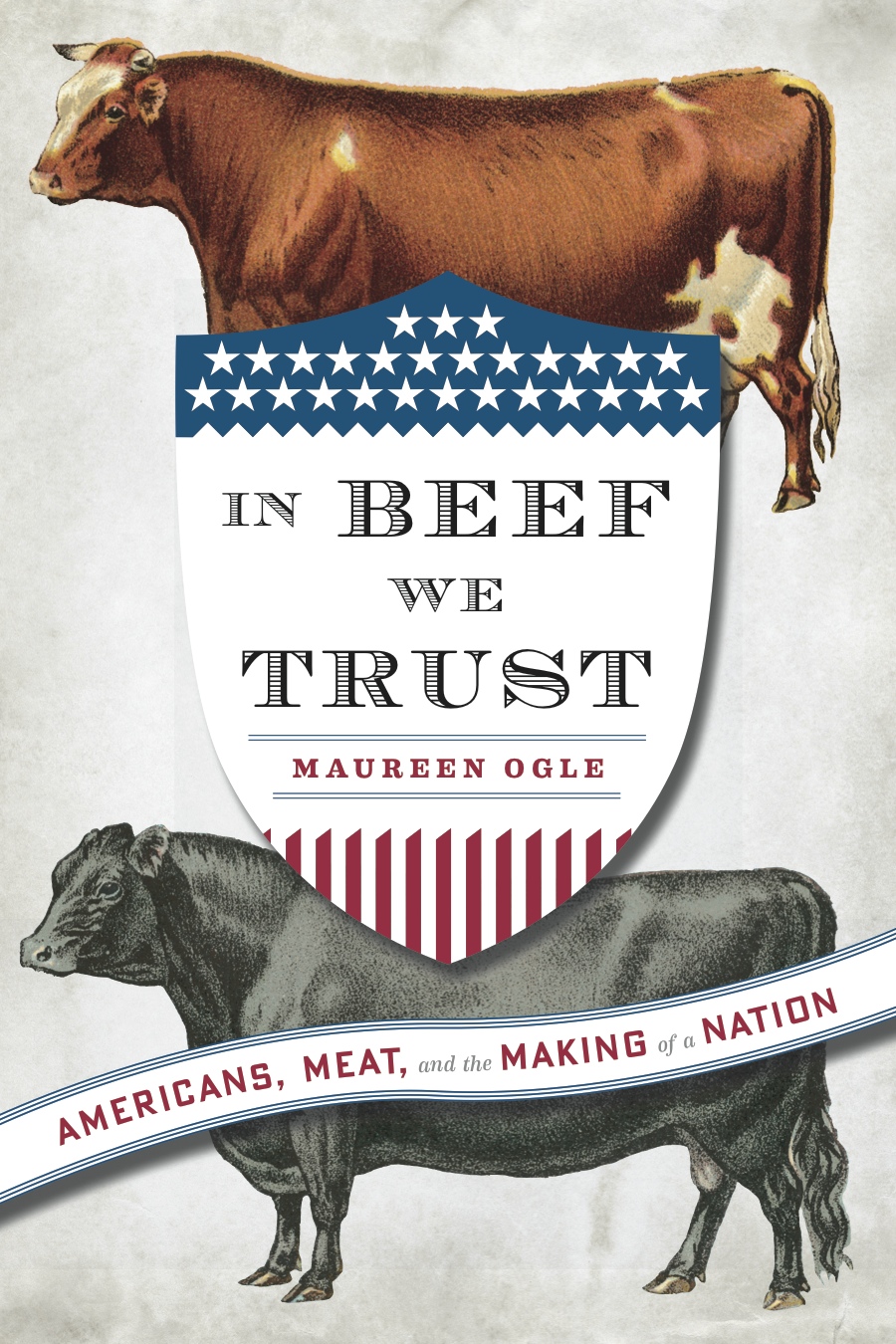Let's Try a Little "Crowdsourcing," Shall We?
/Okay, people. I can't say I'm wild about the whole crowdsourcing concept --- but I've also never tried it. And now's the perfect reason to do so. Here's the deal: As some of you know, I HATE the title my publisher gave my forthcoming book.
IN BEEF WE TRUST:
AMERICANS, MEAT, AND THE MAKING OF A NATION
The problems with it are a) it sounds like it's only about beef, but the book cover beef, pork, and poultry (as well as cattle, hogs, and chickens); and b) the word "history" is nowhere to be found and this is a book work of history. (I should say there that I definitely don't hate the subtitle. It's okay, although obviously it would be better if it included the word "history.")
That title, in turn, spawned an equally icky proposed jacket design (hardly surprising that the one followed from the other).
I REALLY didn't like the title or the jacket, so I had a convo with my agent and he it turn talked to my editor. The upshot is that my editor indicated that she's willing to change the title IF I come up with something better. By which she apparently meant something better than the dozen-plus titles I've already run by her.
So. Want to help?
Here's a brief description of the book:
The unexpected history of meat in America and how consumers, entrepreneurs, farmers, and food activists wrestled with the land and each other to build the world’s most elaborate, and controversial, meat supply system.
Here's a slightly longer description:
The moment European settlers arrived in North America, they began transforming the land into a livestock and meat-eater’s paradise. Even before revolution turned colonies into nation, Americans were eating meat on a scale the old world could neither imagine nor provide: an average European was lucky to see meat once a week, while even a poor American man put away about two hundred pounds a year. In BOOK TITLE, Ogle takes readers from that colonial paradise to the urban meat-making factories of the nineteenth century to the hyper-efficient packing plants of the late twentieth century. From Swift and Armour to Tyson, Cargill, and ConAgra. From the cattle bonanza of the 1880s to modern feedlots. From agribusiness to today’s “local” meat supplies and organic counter-cuisine. Along the way, Ogle explains how Americans’ carnivorous demands shaped urban landscapes, midwestern prairies, and western range, and why the American system of meat-making, for so long a source of pride, became a source of conflict and controversy.
Okay, people: give me a new title. If I decide to use any or all of something you suggest, you get your name in the acknowledgements. Right, right. Not a big deal, I know. But, hey, it's all I've got.
